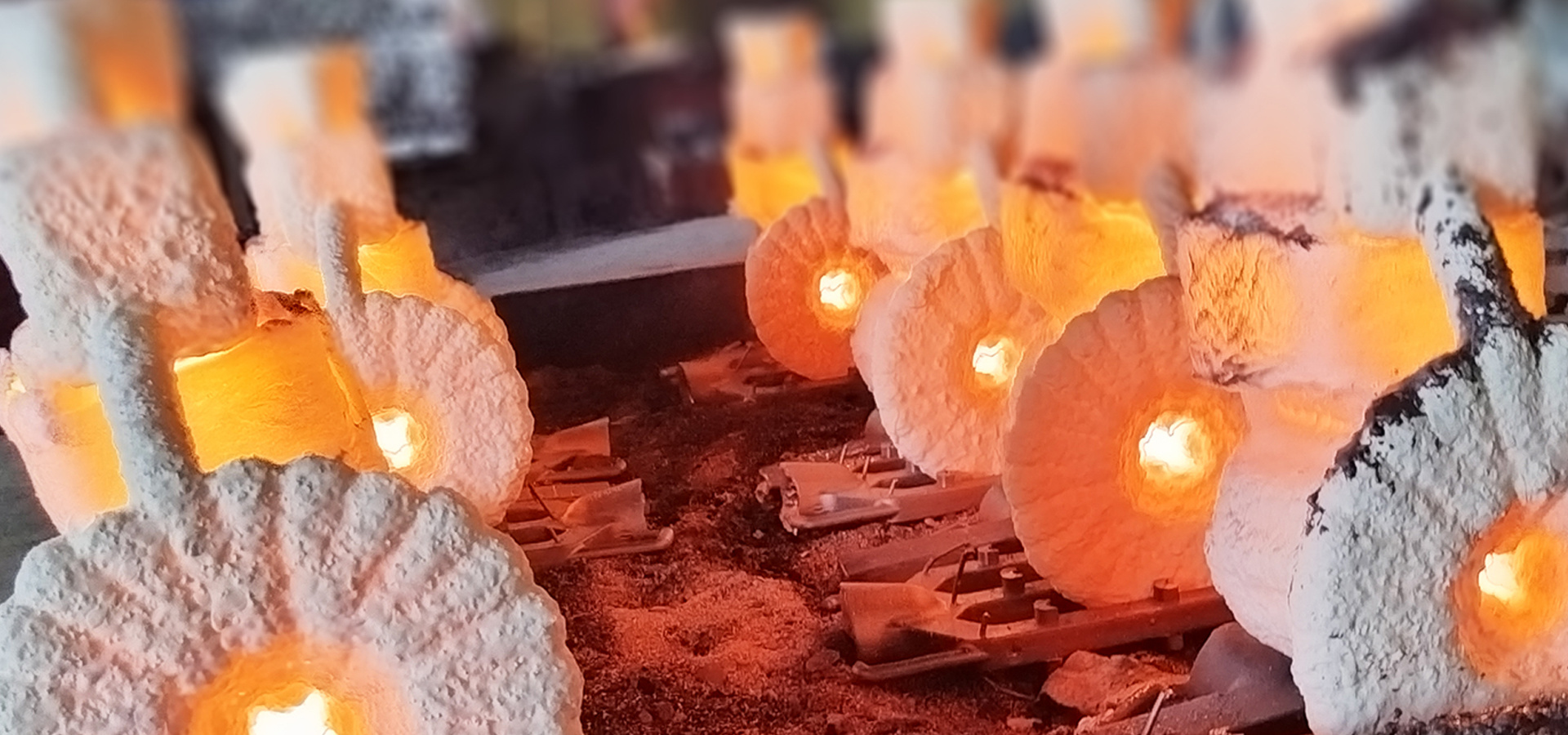Investment Casting: A Deep Dive into Essential Considerations
Release time:
Jul 18,2025
Understanding Investment Casting
Investment casting, often dubbed the "lost wax" process, is a fascinating technique that's been around for centuries. It allows for the creation of intricate metal parts that are both precise and durable. But before you dive into this world of molten metal and molds, there are some important considerations you should keep in mind. So, let's break it down!
The Basics of the Process
First off, what exactly is investment casting? Simply put, it's a manufacturing process where a wax pattern is coated in a ceramic material. Once the ceramic hardens, the wax is melted away (hence the name!), leaving a cavity that’s then filled with molten metal. Voila! You have your desired part. This method is particularly popular in industries like aerospace and automotive due to its ability to create highly complex shapes. How cool is that?
Key Considerations
Now, before you roll up your sleeves and get started, here are some crucial points you must consider:
1. Material Selection
Choosing the right metal is paramount in investment casting. Common materials include aluminum, steel, and titanium. But here’s the catch: each metal behaves differently in the casting process. So, do your homework! Understand the properties of the material you choose, as it can significantly affect the final product’s strength and durability.
2. Pattern Design
Ever heard the saying, "measure twice, cut once"? Well, pattern design in investment casting is no different. The design should account for shrinkage, draft angles, and surface finish. A well-designed pattern can save you tons of time and money in the long run. So, don’t skimp on this step!
3. Production Time
Let’s face it; time is money. Investment casting can be time-consuming, especially if you're producing complex designs. Always factor in the time it takes to create molds and patterns. It's usually not a one-and-done deal, so plan accordingly!
Quality Control: A Must!
When it comes to investment casting, quality control is non-negotiable. Inspecting your cast parts for defects before they hit the production line can save you from future headaches. Regular checks can help spot issues like porosity or dimensional inaccuracies, ensuring your final product meets the required specifications.
Cost-Effectiveness
While investment casting can be a bit pricier than other methods, the trade-off is often worth it. The precision and detail it offers can lead to lower costs in machining and assembly. So, think of it as an investment in quality—pun intended!
Environmental Considerations
Hey, we’ve got to be kind to our planet, right? Investment casting can be environmentally friendly if managed correctly. By recycling wax and minimizing waste during the casting process, manufacturers can significantly reduce their carbon footprint. Bonus points for being eco-conscious!
Final Thoughts
Investment casting is a remarkable process that can yield high-quality parts with incredible complexity. But, like any craft, it requires careful planning and consideration. By keeping these key factors in mind, you’ll be well on your way to mastering the art of investment casting. Ready to get started? You got this!
Related News
Welcome Alfa Laval‘s Expert Guidance Visit
Aug 10,2025
Welcome SPX leaders to visit and guide us
May 22,2025
Warmly welcome GEMU leaders to visit
Aug 09,2025
Aug 10,2025






